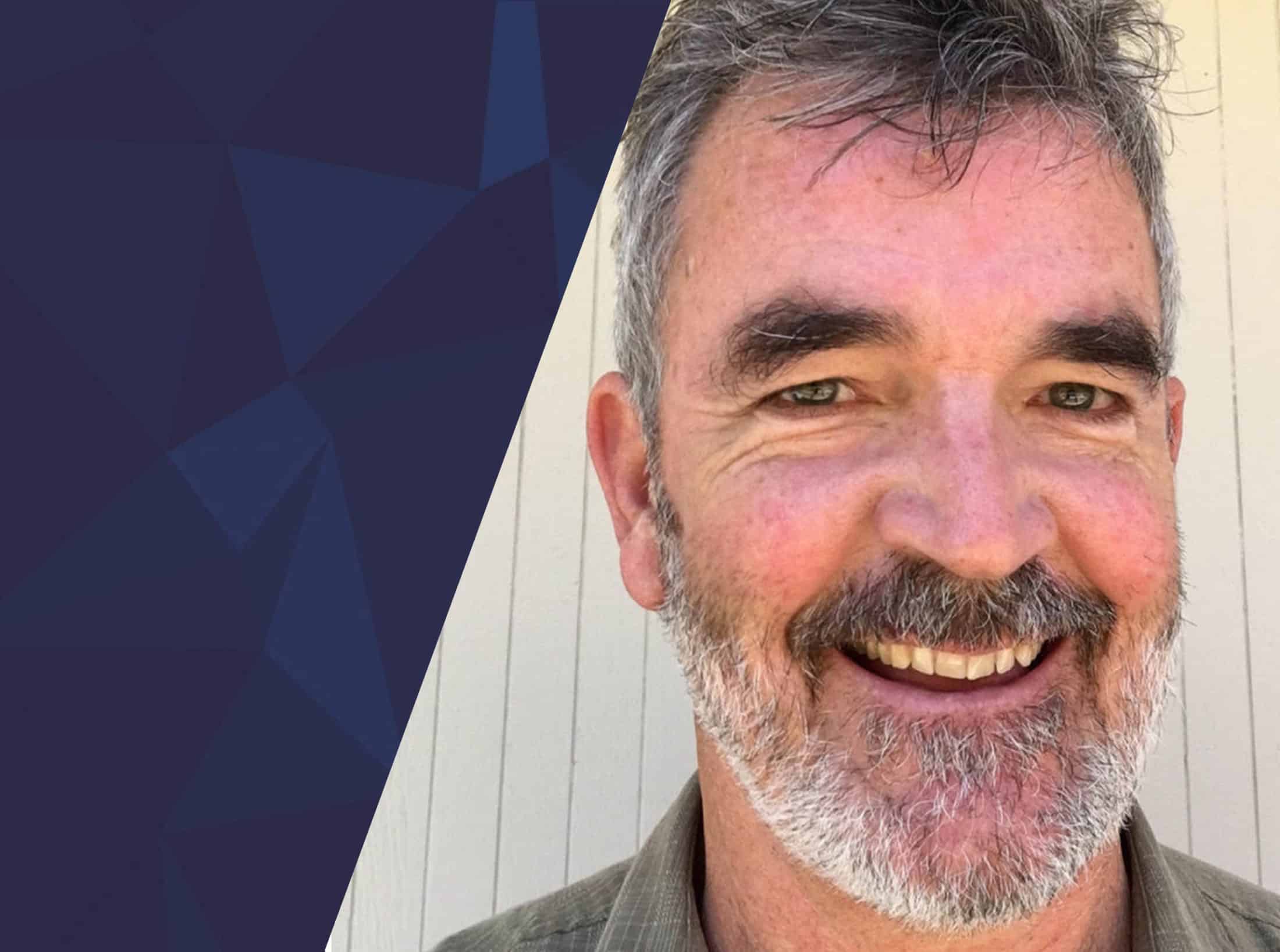
“Beyond zero” and carbon handprints: insights into the future of buildings with Bruce King
Excerpts from the second installment of CEE’s Building the Future Lecture Series.

Excerpts from the second installment of CEE’s Building the Future Lecture Series.
The Department of Civil and Environmental Engineering recently launched our new Strategic Directions website, detailing the five principles guiding our vision of the future of pedagogy, research and service. The Building the Future Distinguished Lecture Series provides a forum to discuss each strategic theme and build a broad community that includes industry professionals, researchers, educators, and students. In the second installment, Bruce King, registered structural engineer with 40 years of private consulting experience and 35 years of leadership in the green building movement, discussed new building technologies, how to exceed net zero emissions and more topics related to our second Strategic Direction: Shaping Resource Flows.
The following text is excerpted from King’s lecture.The entire lecture and panel discussion can be found here, along with the rest of the lectures in the series.
***
On the climate crisis and using buildings to store carbon dioxide:
“In the half a million years that our species has been evolving away from the primate tree, the CO2 in the atmosphere has been bouncing back and forth between 200 and 300 parts per million, and since the dawn of the industrial revolution when we started burning fossil fuels, but especially since World War II, it’s shot up past 400. Here’s the interesting thing. If we, somehow by some miracle, could stop on a dime tomorrow, burning all coal oil and gas, the CO2 would still go up. The methane being released in the Arctic, the reduced albedo on the snowfields, et cetera. We’d still have a big problem. We have to draw it down.”
“By far the biggest artifacts of human beings on Earth are our buildings and our cities, our infrastructure, all of that, and there’s a lot of it. We’re building the equivalent of another New York City every month right now, and that might not seem credulous to you in Michigan or here in California or anywhere in North America, ’cause it’s not happening here. It’s happening in the Southern hemisphere. It’s happening in China and India and places like Cairo, that I visited a year ago, where a city of 5 million went to 25 million in a couple of decades, and it’s a huge expanse of nothing but concrete and brick all over the desert.”
“Buildings account for about 40% of our emissions globally. Where’s it come from? Well, any building project has two phases. You build it. Those are the embodied emissions that go along with the construction process, and all the trucks roaring around in the manufacturing processes, and whatever goes into making all the materials, and then there’s the operating emissions from running the lights, running the heater and the air conditioning, all of that stuff over the lifetime of the building, and over the lifetime of the building, operating emissions typically dwarf the embodied emissions, far, far bigger, over 60, 80, 100 years, and so that’s what we’ve been focusing on in the 30 years of the green building movement is reducing those operating emissions to much lower, even net zero.”
“But here’s the thing: we can’t think about 60, 80 years. We have to think about the next 20 years, because we are in a climate emergency. What can we do right now? This is triage, and when you look at it through that lens, when you look at it from that perspective of the next 20 years, it changes quite a lot. Those embodied emissions, which are about 12% of global emissions, are amplified by the so-called time factor, how long they’re in the air.”
“If you remember nothing else, know that [with] something you build this year, three-fourths of your climate impact, more or less, is from the materials you chose to build with, and we haven’t been paying attention to that up until recently.”
On surpassing net zero:
“In the next 30 years, what’s it going to look like? Well, what you hear most often is zero by 2050. It’s a favorite goal that you hear announced all the time by cities, by counties, by countries, by corporations, by trade associations, and it sounds pretty good and it is pretty good. It’s better than nothing. Sometimes, I fear it’s a little bit of rearranging the deck chairs on the Titanic kind of thing. Like, keeping everybody busy and kicking the can down the road and not really doing anything. So, we have to be held to task, but I don’t say that to blame the CEOs of the corporations or the city councils or anybody else. We’re all guilty of not seeing the big picture. Often, we get absorbed in our own little lives and our private little dramas, and we don’t remember that we are in a climate emergency, but we are. So, what can we do about it? We, who work in the built environment, have something to do with resource flows.”
“Embodied carbon is about six gigatons globally per year. What if we were to just bring that down and get to the point where we are at ‘15 by ‘50,’ where we are absorbing 15 gigatons per year. That’s the goal that we have to aim for, not just net zero. That’s not good enough. That’s just not going to be good enough. We in the built environment can do all sorts of stuff — that not I and not any of you right now can even imagine, but in a few years time will just be obvious, of how we can use buildings and the built environment, everything, our highways, our power plants. Everything we build can be a place to absorb and store carbon.”
On the “carbon handprint”:
“For you as a person, and for you as an engineer, for you as anybody, whoever you are, reduce your carbon footprint as best you can, for sure. Don’t freak out about it. You can only do so much. You can stop eating meat, you can stop using plastic. You can only do so much. The thing is, make your hand print bigger. Educate people. Start a recycling program. Be a better engineer. Be thinking about this and do what you can to have a positive impact for the climate. That’s the job in front of all of us.”

Marketing Communications Specialist
Department of Civil and Environmental Engineering